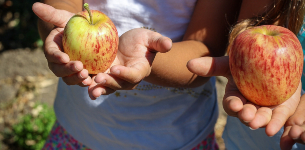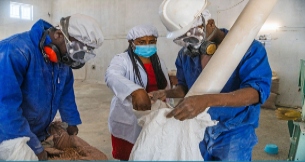This paper explores different narratives around food system sustainability, examining how various disciplines—agriculture, nutrition, and ecology—i
Other content with the tag "Healthy Diets".

This study investigates the relationship between healthy diet awareness and household food waste in China.
This review evaluates various diet quality indices for their relevance in environmental assessments of foods, focusing on sustainability.
This systematic review evaluates methodologies for measuring the cost of healthy and unhealthy diets in high-income countries, examining over 100 s

Improving Economic Access to Healthy Diets in First Nations Communities in High-Income, Colonised Countries: A Systematic Scoping Review by Amanda

The question addressed in this brief concerns how can governments pursue food systems transformation in the face of severe financial constraints, f

A warming world brings risk of more extreme weather events, acidified oceans, regional biodiversity collapse and the disruption of established far

Reformulation, a change to a food or beverage's processing or composition, can reduce potentially harmful ingredients such as salt, added sugar, an

To solve the Great Food Puzzle gaps in the ambition and implementation of national-level food systems
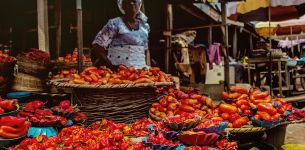
The world is not on track to achieve the United Nations Sustainable Development Goals by 2030.

Chinese diets have undergone a remarkable transformation over the past four decades.

Scientific and political discussions around the role of animal-source foods (ASFs) in healthy and environmentally sustainable diets are often polar
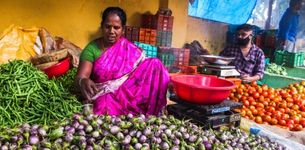
Healthy diets are unaffordable to over 2 billion people worldwide and food access remains a challenge for many.

High-performing food systems provide healthy and nutritious diets. They create dignified livelihoods for producers and benefit the economy.

The '2022 Global Nutrition Report: Stronger commitments for greater action’ sets out the role of accountability and its a

The agrifood processing sector is increasingly essential to connect food system actors and transform the crops produced by farmers into the foods d

Agroecology has gained substantial relevance in political, agricultural and scientific discourse of sustainable food systems.

In his book Doing Well by Doing Good, Derek Tribe made the case for investing in agricultural research in our developing country neighbours.

Fish is expected to contribute to healthy diets where it is affordable and accessible but the cost and availability of nutrient-rich foods, includi

Dramatic changes in daily life are leading to increased rates of obesity and non-communicable diseases (NCD) in Kenya, including among children.

The Biden-Harris Administration envisions an America where no one wonders whether they will have enough money to put food on the table, where the h
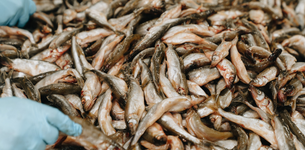
Diverse aquatic foods – including animals, plants and microorganisms farmed in and harvested from water, as well as cell- and plant-based foods eme

The initiative “Nutrition-sensitive agriculture and food systems for Ghanaian SMEs: leveraging small and medium enterprises to improve nutrition” i

This is the one of four case studies in this special section of FEX to highlight the importance of a strong contextual analysis to guide the approp

This is a special section of Field Exchange (FEX) focusing on complementary feeding programming in fragile and emergency contexts.
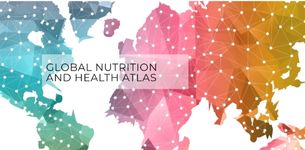
The Global Nutrition and Health Atlas—a public resource with diet-related health information for more t

The State of Food Security and Nutrition in the World 2022 has been prepared by the FAO Agrifood Economics Divi

Ultra-processed foods (Nova group 4) are industrial formulations made by deconstructing whole foods into chemical constituents, altering them and r

UNICEF recognizes the importance of engaging business to achieve nutrition results for children.
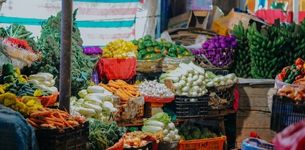
Food affordability is an important determinant of food choice and access, driving dietary patterns, nutrition status and overall health and environ

It is estimated that approximately 70% of children in India, between the ages of 6 months and 59 months are anemic.

Aquatic food has a vital role to play in creating a global food system that supports a healthy human population on a healthy planet, yet it has bee

For the second year, EAT and

Chapter 6 in the latest UNEP Emissions Gap Report highlights the key issues

Plant-based alternatives to meat and dairy products are increasing in popularity and have been identified as having an important role in the much-n

In recent years, the role of seafood or the ‘blue food’ as alternative animal protein has also been investigated, amid concerns over the impacts of

The global food system is responsible for more than 30% of total climate change emissions and 60% of biodiversity loss, and retailers – the bridge

"Ending poor diets and malnutrition in all its forms is a goal that is intrinsically linked with some of the world’s most pressing chal


